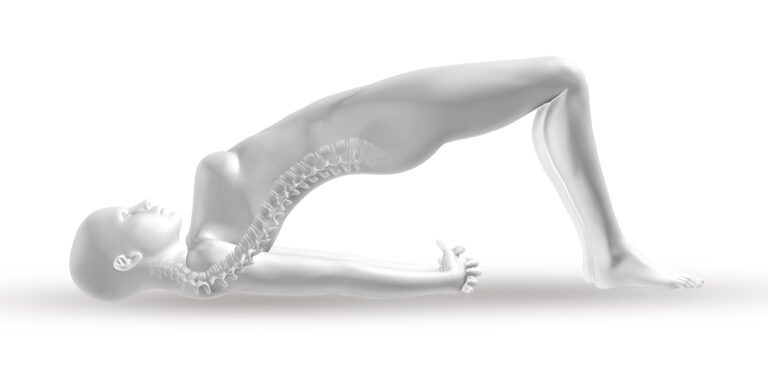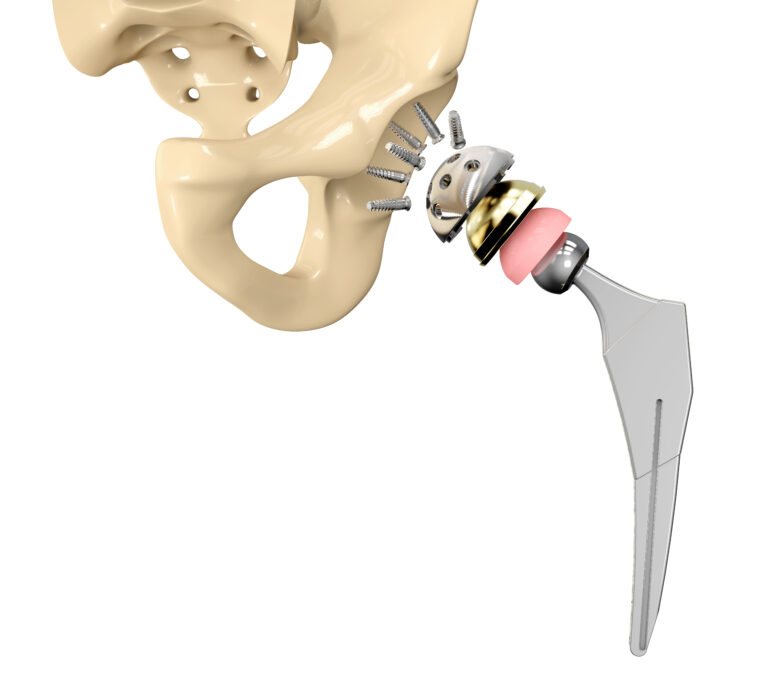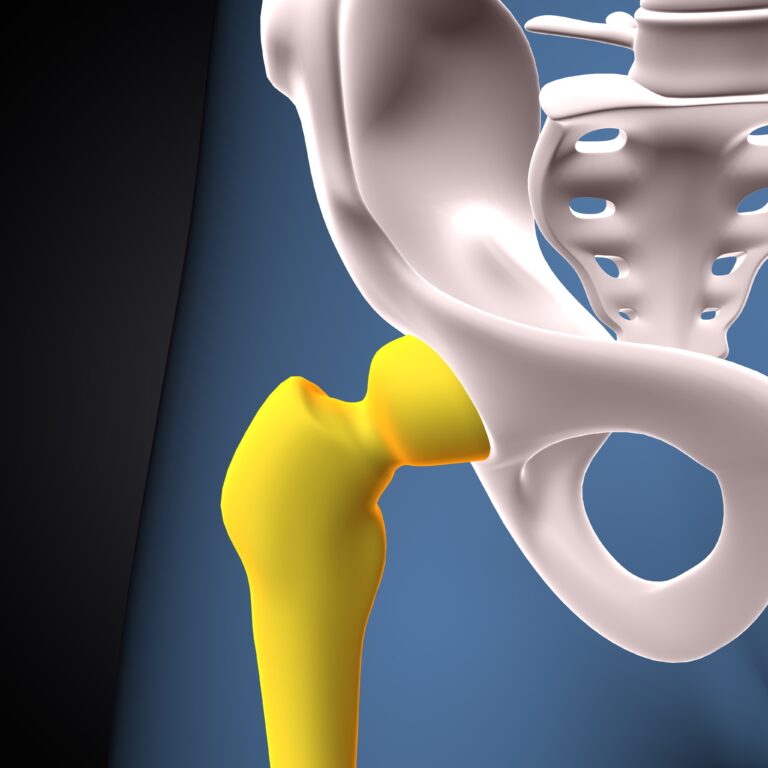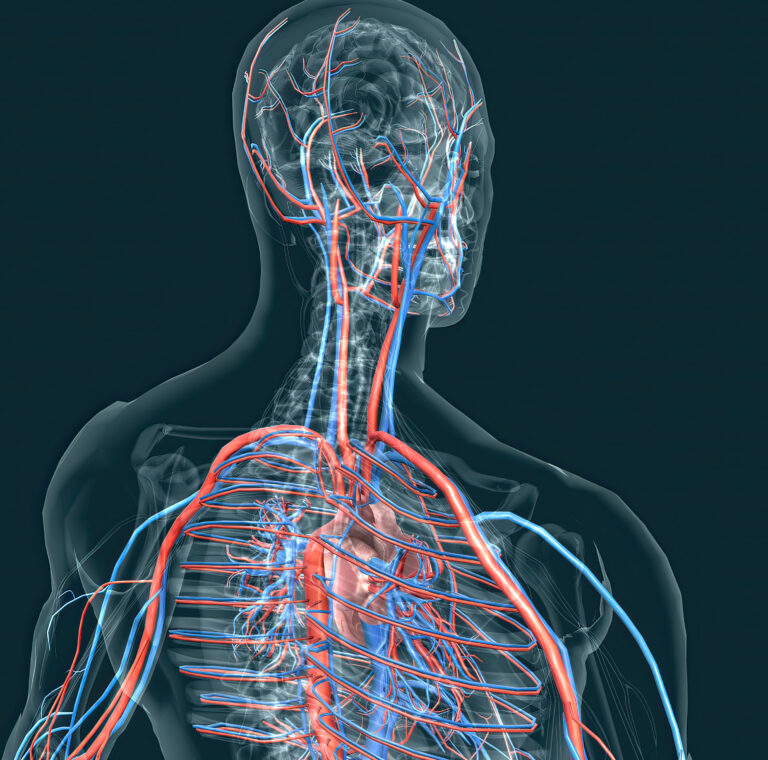
Introduction
Postural alignment plays a vital role in maintaining joint health, especially for women who are often more susceptible to musculoskeletal issues due to factors such as hormonal changes, pregnancy, and lifestyle habits. Poor posture can lead to increased stress on the joints, causing pain, stiffness, and long-term damage. Understanding how proper posture affects joint health is key for women looking to prevent pain and injury. By improving posture through awareness, exercise, and ergonomic adjustments, women can protect their joints and enhance overall mobility and well-being.
Overview
Postural alignment refers to the way in which the body is positioned during both static and dynamic movements. Proper alignment ensures that weight is evenly distributed across the joints, reducing unnecessary strain on specific areas. Misalignment, on the other hand, can lead to overloading of certain joints, causing inflammation, wear and tear, and discomfort. Women are particularly affected by postural issues due to the added pressure on joints from weight shifts during pregnancy or changes in posture during menopause. By practicing good postural habits, women can reduce the risk of developing chronic pain or injury.
Potential Risks and Complications
- Joint Overload: Poor posture, such as slouching or forward head posture, can place excessive pressure on joints like the lower back, knees, and hips, leading to wear and tear or conditions like osteoarthritis.
- Muscle Imbalances: Postural misalignments can lead to uneven muscle development, causing some muscles to become overworked while others weaken. This imbalance can contribute to joint pain, instability, and an increased risk of injury.
- Chronic Pain: Misalignment can cause chronic pain, especially in the spine, neck, and knees, due to the constant strain on joints that would otherwise be evenly distributed.
Understanding the Recovery Process
- Posture Awareness: Becoming aware of daily posture habits is the first step toward preventing joint strain. Mindful corrections, such as standing with shoulders back and avoiding slumping, can alleviate stress on affected joints.
- Strengthening Exercises: Regular exercises that target the core, back, and legs help support good posture and prevent joint strain. Strengthening these muscle groups can improve alignment and reduce the risk of injury.
- Stretching and Flexibility: Stretching exercises can enhance flexibility, reduce muscle tightness, and correct postural imbalances that lead to joint discomfort and pain.
- Ergonomic Adjustments: Adjusting workstations, seating arrangements, and sleep positions can help support proper alignment and minimize joint stress during daily activities.
Factors Influencing Outcomes
- Age and Hormonal Changes: Women’s bodies undergo hormonal changes, particularly during menopause, which can affect muscle and joint health, making them more susceptible to postural misalignment and its effects.
- Pre-existing Conditions: Women with conditions like arthritis or fibromyalgia may be more sensitive to the effects of poor posture, which can exacerbate joint pain and discomfort.
- Physical Activity Level: Women who engage in regular physical activity, particularly strength training and flexibility exercises, are more likely to maintain good posture and prevent joint strain.
- Body Weight: Excess weight can exacerbate the impact of poor posture on joints, especially in weight-bearing areas like the knees and hips, making posture correction even more crucial.
Informed Decision-Making
- Seeking Professional Guidance: Women should consult a healthcare provider or physical therapist to assess their posture and receive personalized recommendations for improving alignment.
- Chronic Pain Management: If chronic pain is present, women should consider seeing an orthopedic specialist to determine if poor posture is contributing to joint issues, and whether treatment like physical therapy or pain management may be needed.
- Posture-Improvement Plans: Creating a practical plan to incorporate posture-correcting exercises and daily habits, such as proper ergonomics at work and during sleep, can significantly improve long-term joint health.
Key Takeaway
Postural alignment is a critical factor in joint health, especially for women who may face unique challenges due to hormonal changes, pregnancy, or lifestyle factors. Maintaining good posture through awareness, strengthening exercises, stretching, and ergonomic adjustments can prevent joint pain, reduce the risk of injury, and support long-term mobility. By prioritizing posture correction, women can safeguard their joints and enhance their overall well-being.
Disclaimer
This information is intended for educational purposes only and should not be considered as medical advice. Always consult with a healthcare provider for professional diagnosis and treatment recommendations related to posture and joint health.




